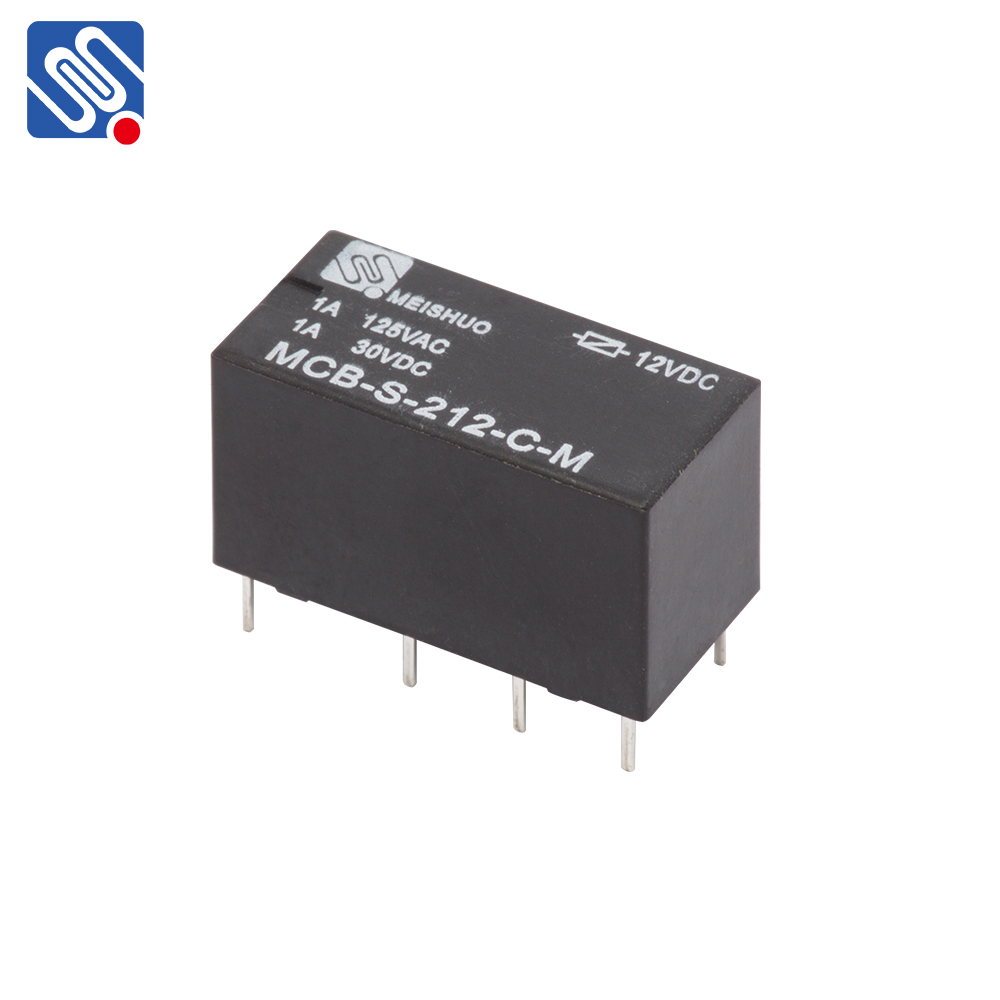Relay signals play a crucial role in the world of electrical systems, serving as the intermediary between low-power control circuits and high-power devices. These signals are essential in automating and protecting various electrical processes, ensuring that systems run efficiently and safely. Whether it’s for industrial automation, automotive electronics, or home appliances, the relay serves as a fundamental component that enables devices to be switched on and off remotely. This article delves into what relay signals are, how they work, and the critical role they play in modern electrical systems.

What is a Relay? A relay is an electrically operated switch that allows low-power electrical signals to control high-power devices. At its core, a relay consists of an electromagnet, a movable armature, and contact points (normally open (NO) or normally closed (NC)). When an electrical signal is applied to the relay’s coil, it generates a magnetic field that moves the armature, changing the state of the contacts. This action either allows or interrupts the flow of electrical current to the connected circuit, effectively switching on or off the high-power device. Types of Relay Signals